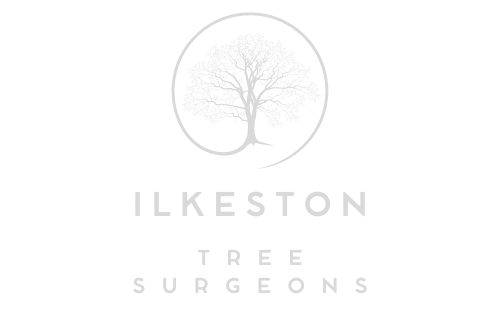A Cut Above: Avoiding Common Mistakes When Trimming Trees
Introduction: Tree trimming is an essential aspect of tree care that can significantly impact the health, appearance, and safety of your trees. However, improper tree trimming practices can lead to damage, disease, and even death of your beloved trees. To help you maintain the beauty and vitality of your landscape, Ilkeston Tree Surgeons is here to highlight some common mistakes to avoid when trimming trees.
1. Topping Trees
One of the most damaging tree-trimming practices is topping, which involves indiscriminately cutting off the tops of trees to reduce their height. Topping ruins the natural shape and beauty of trees, weakening their structure and making them more susceptible to disease and pest infestations. Instead of topping, opt for selective pruning to remove specific branches while preserving the overall health and integrity of the tree.
2. Over-Pruning
Over-pruning, or removing too many branches at once, can stress trees and hinder their ability to recover and thrive. It’s essential to balance removing excess growth and preserving the tree’s health and structure. Avoid removing more than 25% of a tree’s canopy in a single trimming session, and focus on removing dead, diseased, or crossing branches to promote healthy growth.
3. Improper Pruning Cuts
Making improper pruning cuts can create wounds that are slow to heal and susceptible to infection. When trimming trees, always make clean, angled cuts just outside the branch collar, the swollen area where the branch meets the trunk. Avoid leaving stubs or cutting too close to the trunk, as this can damage the tree’s protective bark and lead to decay.
4. Trimming at the Wrong Time
Trimming trees at the wrong time of year can stress trees and compromise their health. While dead or hazardous branches can be removed anytime, scheduling major pruning sessions during the tree’s dormant season, typically in late winter or early spring, is best. Trimming during this time minimises the risk of disease transmission and maximises the tree’s ability to heal and recover.
5. Neglecting Safety Precautions
Tree trimming can be hazardous, especially when working with large trees or using heavy equipment. Neglecting safety precautions can result in accidents or injuries that could have been prevented. Always wear appropriate safety gear, such as gloves, safety glasses, and a helmet, and use sturdy ladders or aerial lifts when working at heights. If you’re unsure how to trim trees safely, it’s best to enlist the help of professional tree-trimming services.
Conclusion: Tree trimming is a vital aspect of tree care that requires careful planning, skill, and attention to detail. By avoiding common mistakes such as topping trees, over-pruning, making improper cuts, trimming at the wrong time, and neglecting safety precautions, you can help ensure the health and longevity of your trees.
Call us on: 0115 647 1166
Click here to find out more about Ilkeston Tree Surgeons
Click here to complete our contact form and see how we can help with your tree’s needs.

